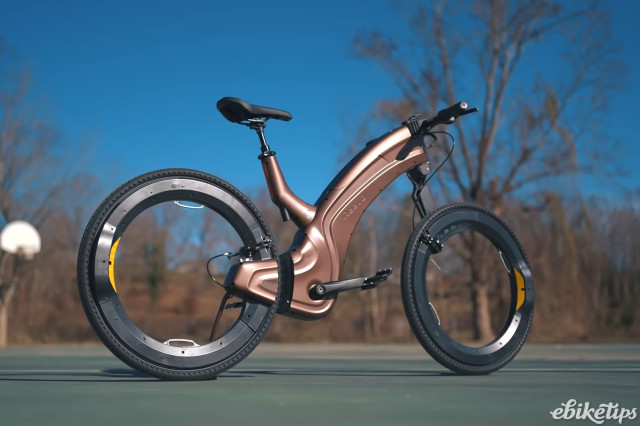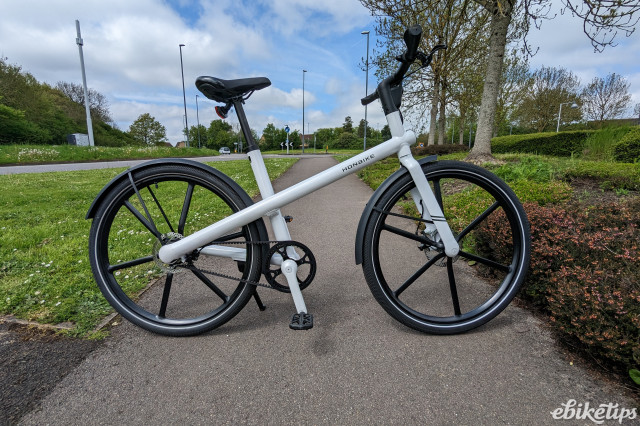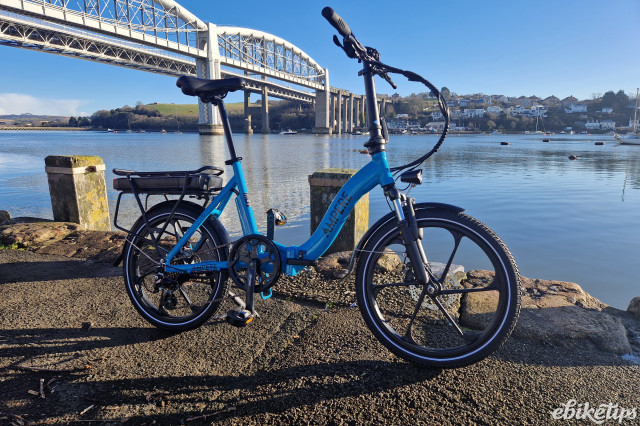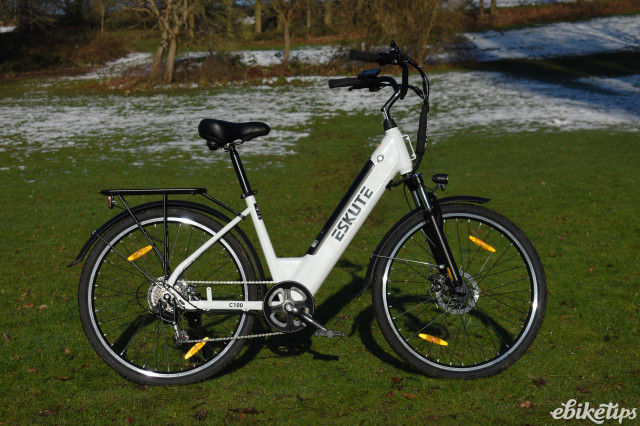If you own an e-bike, it will almost certainly be running off a lithium-ion battery that is relatively light and compact, and capable of rapid recharging - and now the chemists responsible for making the technology commonplace have finally being given the ultimate recognition in the form of the Nobel Prize for Chemistry... one of whom is 97-year-old John B. Goodenough, who is still innovating today!
The foundations for the lithium-ion battery were laid in the 70's when Stanley Whittingham began developing methods that could lead to fossil fuel-free energy. He started to research superconductors and discovered an energy-rich material consisting of titanium disulphide, that can house lithium ions at molecular level.
Goodenough then predicted that the cathode would have even greater potential if it was made using a metal oxide instead of a metal sulphide. In 1980 he demonstrated that cobalt oxide with intercalated lithium ions can produce as much as four volts, which was an important breakthrough that would lead to the creation of much more powerful batteries. Eventually Akira Yoshino used Goodenough’s cathode as a basis to created the first commercially viable lithium-ion battery in 1985, and the rest is history.
On awarding the Nobel Prize to Whittingham, Goodenough and Yoshino, the academy said: "They have laid the foundation of a wireless, fossil fuel-free society, and are of the greatest benefit to humankind."
Goodenough is still hard at work into his tenth decade, and in 2017 we reported that he was working on a new battery technology at the University of Texas in Austin that has the capability to pack three times as much energy density into a battery - meaning it could treble the range of an e-bike and reduce charging times from hours to minutes. The technology is still in the research phase so it could be years before we see such batteries available commercially, but it's certainly promising for the future.
Anyone who uses an e-bike, or even anyone who uses a mobile phone for that matter, has plenty to thank these three scientists for!






